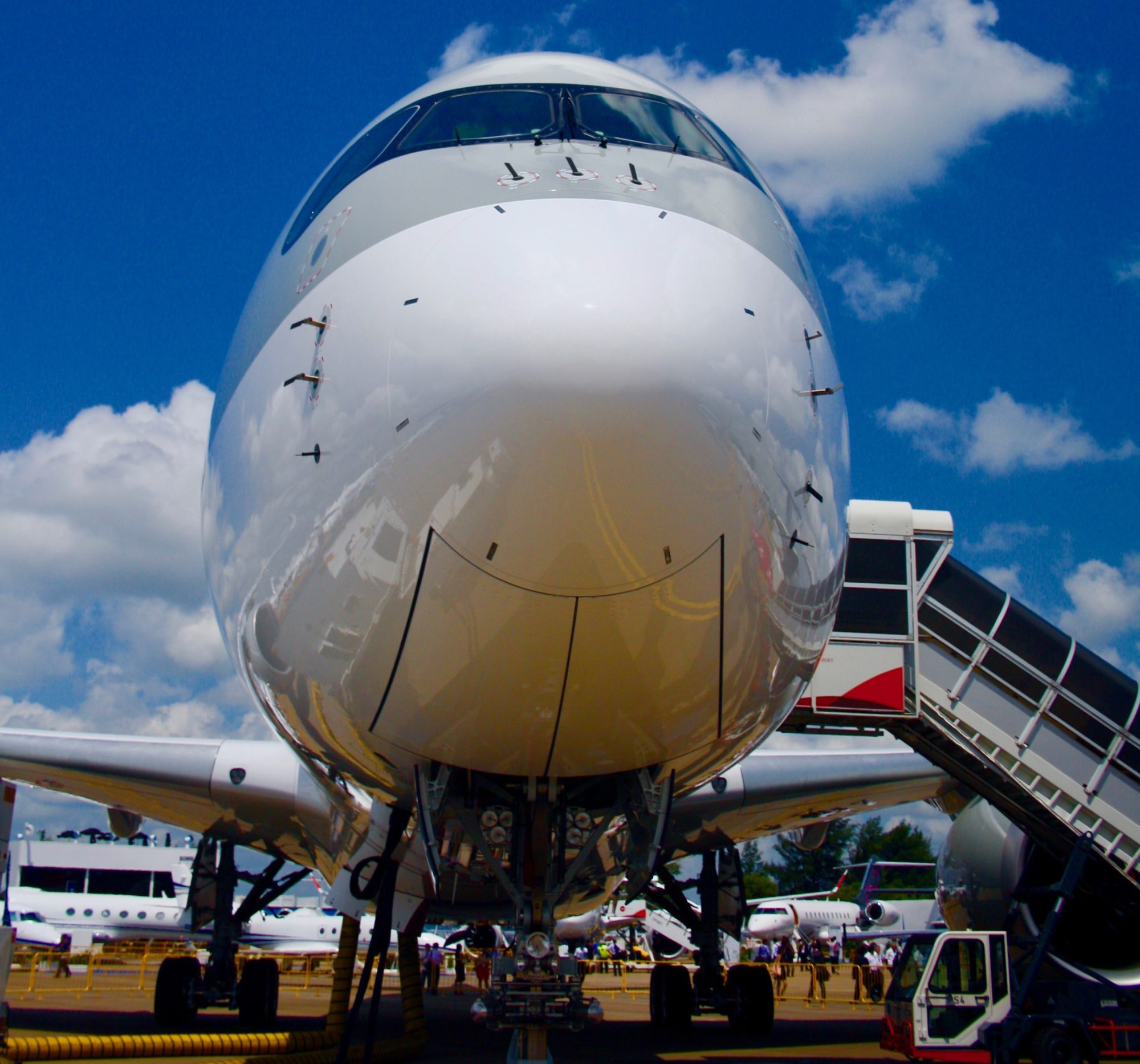3 0 obj The commander uses the same techniques, procedures, and materials for concealment from aerial observation as for concealment from ground observation. The staff should promptly pass on decisions reached during coordination to all concerned. Once the bridgehead is isolated, the defending commander launches a decisive attack by the striking force to destroy that isolated enemy bridgehead. Speed of execution in this technique results from not having to conduct an approach or tactical road march from reserve AAs or, in the case of reinforcements, move from other AOs and reception, staging, organization, and integration (RSO&I) locations. The effectiveness of smoke depends on weather conditions and the quantity of smoke employed. Selected crew-served weapons fire along predesignated final protective lines (FPLs) to break up infantry assaults. Until committed, the striking force maintains a perimeter defense. Does My Time as an AGR Recruiter Count Toward Post 9/11 GI Bill Eligibility? Use of Terrain. 8-134. Combat units top off regularly with supplies in case an enemy breakthrough disrupts the replenishment flow. Depending on the terrain, the most desirable location for the reserve may be on the counterslope or the reverse military crest of the counterslope. %PDF-1.5 MGRS Mapper | The Big List of Military Symbols Do not end exposed routes at a position, but extend them to another logical termination. 8-80. Multiple disengagement lines, one for each system in the defense, may exist. There are approximately 270 DUI, and Defensive Driving Schools in Georgia. 8-161. After occu-pation, the BSB must develop a de-fense plan that secures and protects the BSA support activities during decisive action operations. The commander is forced to assume a hasty defense while in contact with or in proximity to the enemy. A defending commander transitions from the defense to the retrograde for those reasons outlined in paragraph 11-1. These elements are given defensive missions based on their capabilities. However, when defending forces enjoy qualitative advantages in fire support, the advantages accruing from a counterfire battle usually outweigh the risks to the defending maneuver force. 8-99. Defending units must address this area in their scheme of maneuver and exchange information regarding tactical plans at the coordinating points. (See Figure 8-7.) This distribution allows him to designate one support unit to pick up the workload of a displacing second support unit until that unit is operational. (See Figure 8-12.) The survivability effort for the defense must enable units to concentrate firepower from fixed positions. When possible other units on complementary terrain should support units in reverse slope positions. Units maintain their positions and control the terrain between these positions. The reserve forms a second line of defense behind the perimeter forces. Enemy forces begin to transition to the defensethis defense may be by forces in or out of contact with friendly forces. The logistics officer (G4 or S4) and the commanders of the logistics units supporting the defending force must understand the commander's tactical intent. In a mobile defense, transitioning to the offense generally follows the striking force's attack. Attacks against a perimeter may range from long-range sniper, mortar, or artillery and rocket fire to attacks by demolition teams or major forces. They'll give your presentations a professional, memorable appearance - the kind of sophisticated look that today's audiences expect. The commander engages the enemy force with all available defensive fires when they enter the defending unit's EA.
Waltham Athletic Club Tennis Schedule,
Is Reese's Outrageous Discontinued,
Articles D

